Are you still wondering why people continue to wear fur coats, despite the growing awareness about ethical and environmental concerns? You are not alone. In this article, we will delve into the complex reasons behind this controversial fashion choice and explore possible solutions to this ongoing issue.
What Are The Types Of Fur?
The debate over wearing fur coats continues to be a hot topic in the fashion industry. However, before we delve into the reasons why people still wear fur, it’s important to understand the different types of fur available. In this section, we will discuss the two main categories: natural fur and faux fur. By examining the characteristics and origins of each type, we can gain a better understanding of the controversy surrounding fur fashion.
1. Natural Fur
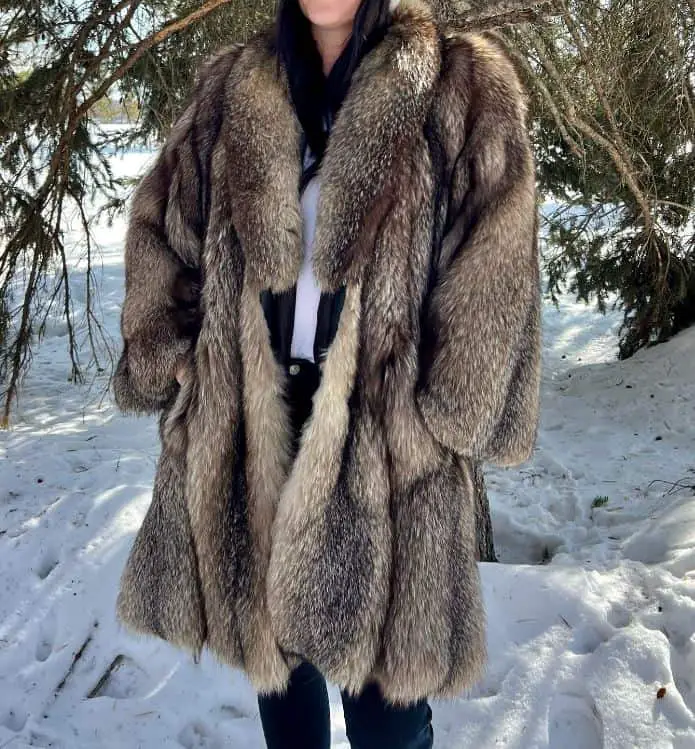
Natural fur comes from the pelts of animals such as mink, fox, or chinchilla. The fur is obtained through either fur farming or trapping wild animals. It then undergoes processing to improve its quality and durability.
2. Faux Fur
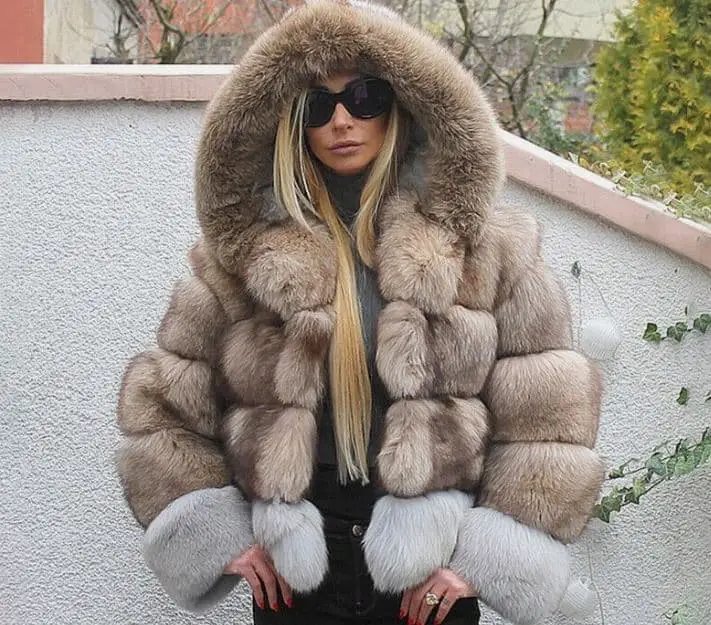
Faux fur, also referred to as fake fur or vegan fur, is a synthetic material created to imitate the appearance of genuine animal fur. It has become a popular choice for those with ethical and environmental concerns regarding real fur.
Faux fur can be produced using a variety of synthetic fibers such as acrylic and polyester, providing a humane option for those who desire the aesthetic and texture of fur without contributing to the fur industry.
Read also: What Are Fake Fur Coats Made Of? (Insight Into The Faux Fur Industry)
Why Do People Wear Fur Coats?
Despite ongoing debates and controversies, the practice of wearing fur coats still remains prevalent in many societies.
But what drives people to continue this tradition?
From fashion and status symbols to practical reasons like warmth and insulation, we will explore the different factors that contribute to the popularity of fur coats.
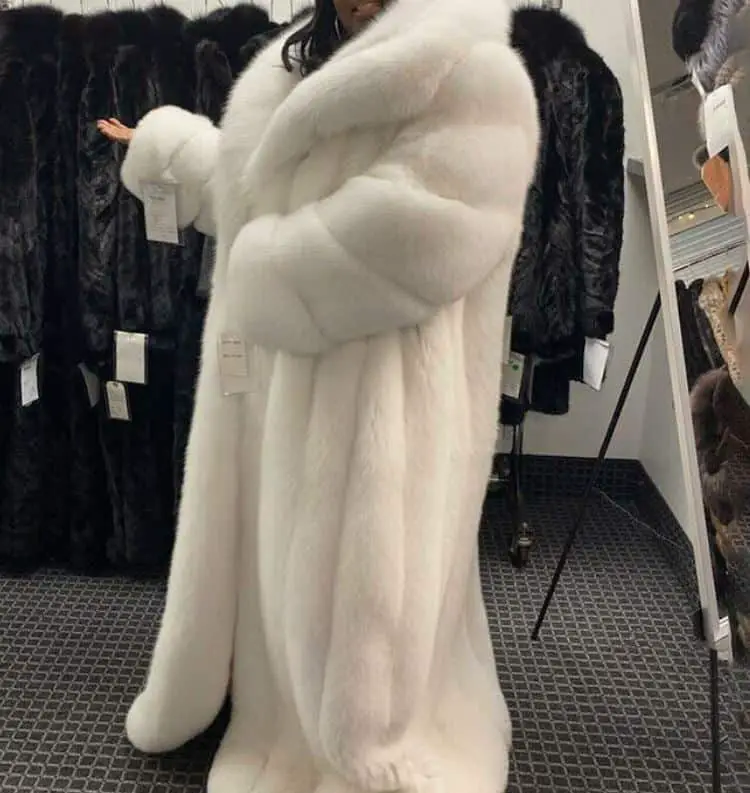
1. Fashion and Status Symbol
- Fashion Trend: Throughout history, fur coats have been associated with luxury and sophistication, often worn by royalty and high society.
- Status Symbol: Wearing fur has been a symbol of wealth and social standing, conveying opulence and exclusivity.
- Cultural Influence: In some cultures, fur garments are integral to traditional attire, signifying heritage and heritage.
Did you know? In the 1920s, fur coats became a fashion staple among the elite, showcasing opulent lifestyles and glamor.
2. Warmth and Insulation
Fur coats offer exceptional warmth and insulation in cold climates, making them perfect for harsh winter conditions.
The natural properties of fur, such as its ability to trap air and provide a layer of insulation, contribute to its warmth. Different types of fur, such as mink and fox, provide superior warmth due to their dense and insulating fur fibers.
3. Tradition and Culture
- Traditional significance: Fur has been deeply rooted in various cultures and traditions, representing status, heritage, and craftsmanship.
- Cultural connection: Different communities have incorporated fur into ceremonial attire, reflecting their customs and beliefs.
- Historical influence: Fur garments have played a significant role in documenting the cultural evolution of societies throughout history.
4. Personal Preference
Personal preference is a major factor in the choice to wear fur coats. For some people, fur is seen as a luxurious and timeless fashion statement that fits their personal style and aesthetic preferences.
Others prioritize ethical and environmental concerns, choosing alternative materials instead. Ultimately, the decision to wear fur is shaped by one’s values, fashion choices, and cultural background.
Read Also: Top 5 Reasons to Buy a Fur Coat
What Are The Alternatives To Wearing Fur?
As the ethical concerns surrounding the use of fur continue to grow, many people are turning to alternatives to wearing fur.
In this section, we will discuss the various options available for those who wish to avoid wearing real fur. From faux fur to plant-based and synthetic materials, vintage and secondhand fur, and even animal-free fashion brands, there are numerous alternatives that offer both style and compassion. Let’s take a closer look at each of these options and their potential impact on the fashion industry.
1. Faux Fur
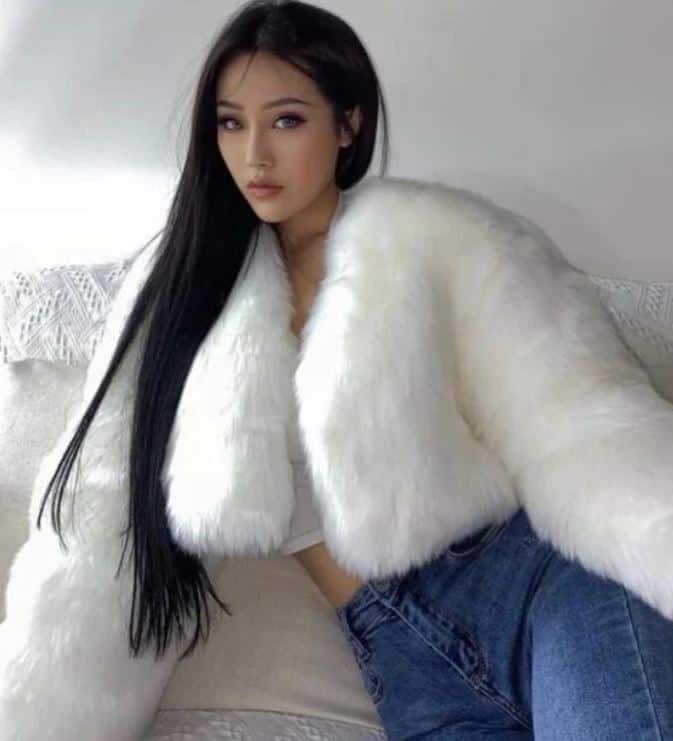
Faux fur is a man-made material designed to imitate the look and feel of real animal fur. It is typically constructed from acrylic and polyester fibers.
Through the use of advanced technology, manufacturers are able to create a wide variety of colors and textures in faux fur. Faux fur offers a cruelty-free alternative to real fur, addressing concerns about animal welfare.
2. Plant-based and Synthetic Materials
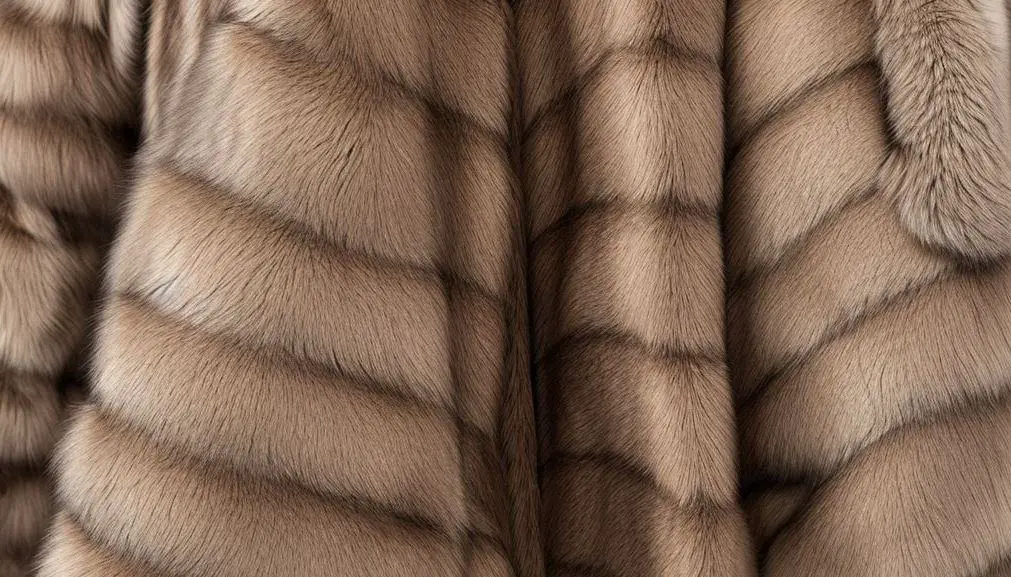
Innovations like pineapple leather and mushroom leather offer sustainable and cruelty-free alternatives to traditional leather.
Synthetic materials: Fabrics such as nylon, polyester, and acrylic mimic the texture and appearance of fur without harming animals.
Considering the environmental impact and ethical concerns, choosing plant-based and synthetic materials for fashion aligns with sustainable and compassionate choices.
3. Vintage and Secondhand Fur
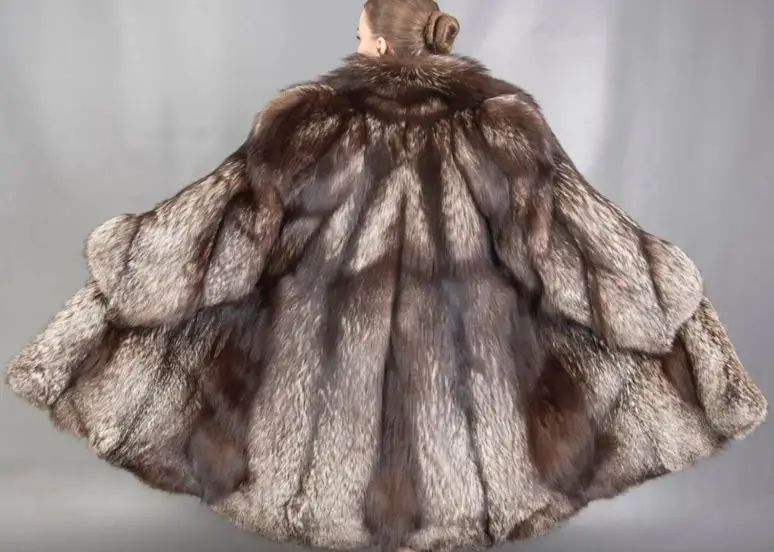
- Quality check: Inspect for any damages or signs of wear and tear on the vintage or secondhand fur.
- Authenticity verification: Ensure that the fur is genuine and not faux.
- Cleaning and maintenance: Seek professional advice on the proper care and cleaning methods for vintage fur items.
- Appraisal: Have the item appraised by a reputable furrier to determine its value.
4. Animal-free Fashion Brands
The fashion industry is seeing a rise in the popularity of animal-free brands that promote ethical and sustainable practices.
Leading brands such as Stella McCartney, Matt & Nat, and Veja utilize innovative materials like recycled plastic bottles, vegan leather, and sustainable rubber to create stylish, cruelty-free fashion items.
Discover the luxury brands that have banned fur from their products.


